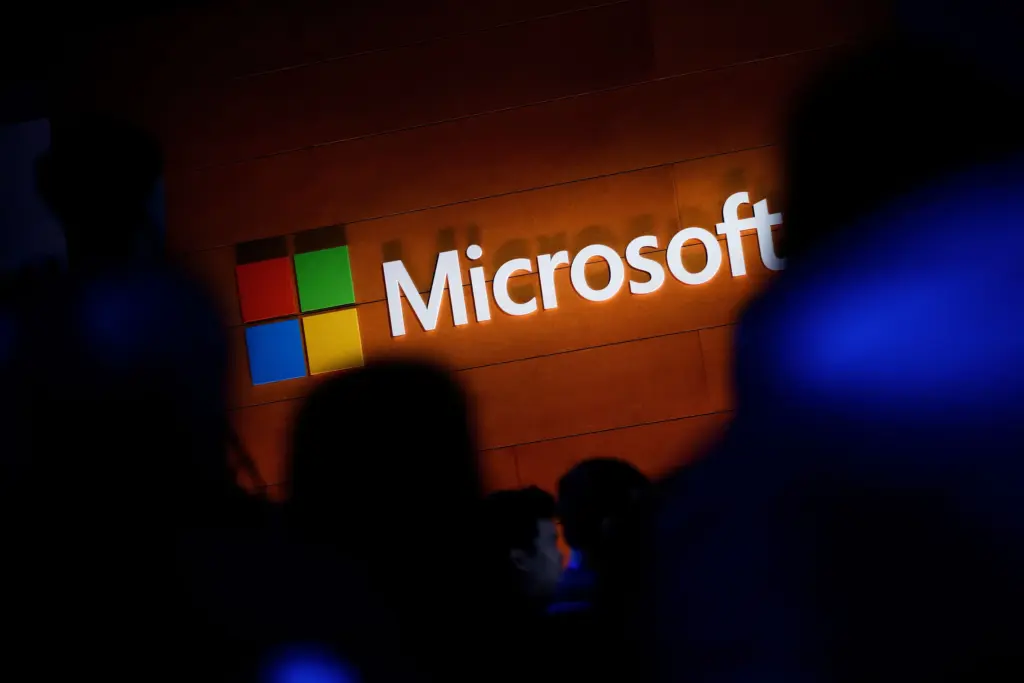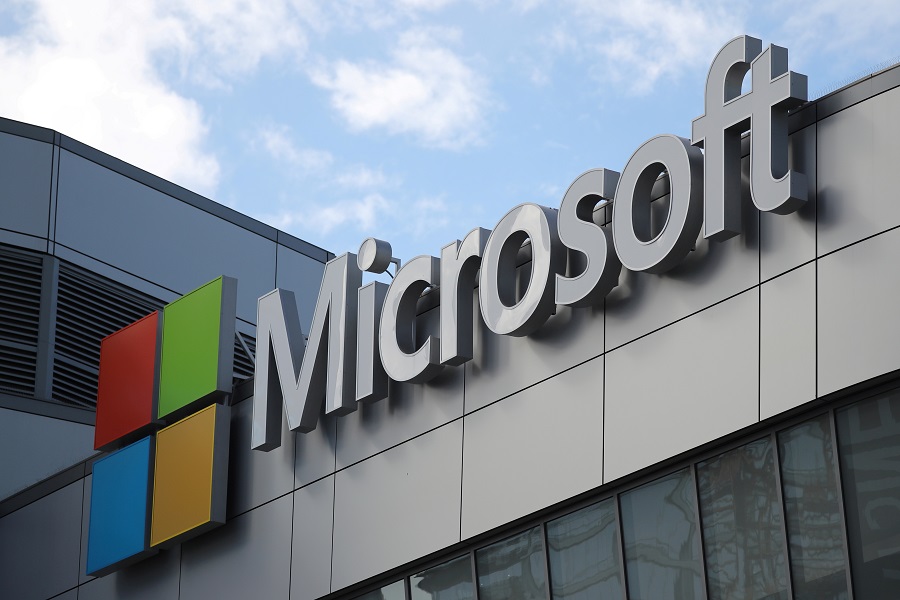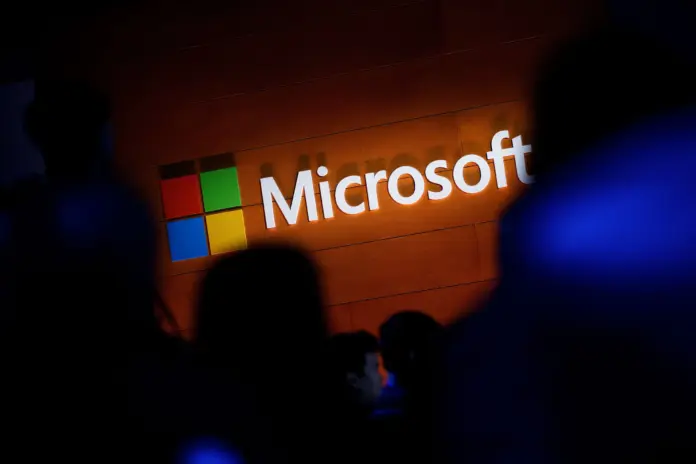In a recent blog post, Microsoft has disclosed how a China-backed hacking group, Storm-0558, stole an email signing key that granted access to U.S. government emails. This digital skeleton key allowed the hackers to break into both personal and enterprise email accounts hosted by Microsoft, including those of government officials such as U.S. Commerce Secretary Gina Raimondo and U.S. Ambassador to China Nicholas Burns. While the mystery of how the hackers obtained the key has been solved, there are still unanswered questions surrounding the breach. Microsoft’s revelation sheds light on the series of mistakes and issues that led to the leak, and highlights the importance of cybersecurity in protecting sensitive information.
Background
Summary
The blog post by Microsoft provides an overview of the events surrounding the email signing key breach. It explains that hackers, believed to be backed by China, acquired the key and used it to gain unauthorized access to government officials’ email accounts. The targeted espionage campaign aimed to snoop on unclassified emails. The disclosure of the breach in July raised concerns about the security of government communications and the effectiveness of cybersecurity measures.
Hackers’ target
The hackers’ primary target was the email signing key used by Microsoft to secure consumer email accounts. This key allowed them to breach personal and enterprise email accounts hosted by Microsoft, including those of government officials. By gaining access to these accounts, the hackers were able to monitor and gather sensitive information.
Importance of the email signing key
The email signing key is a critical component of Microsoft’s security infrastructure. It is used to authenticate and validate email accounts, ensuring that they are secure and trusted. The theft of this key allowed the hackers to bypass security measures and gain unrestricted access to email accounts, compromising the privacy and integrity of the communications.
Revelation of the Hack
Microsoft’s blog post
Microsoft’s blog post detailed the five issues that led to the eventual leak of the email signing key. In April 2021, a crash in the consumer key signing process resulted in a snapshot image of the system, including the key. This snapshot image was later moved to the corporate network for analysis. Additionally, a Microsoft engineer’s corporate account, which had access to the debugging environment where the snapshot image was stored, was compromised by the hackers. Microsoft acknowledged that it couldn’t provide specific evidence of the key’s exfiltration but identified this as the most probable mechanism.
Unanswered questions
While Microsoft provided insights into the series of events that led to the breach, there are still unanswered questions regarding the specific details of the attack. Microsoft’s senior director, Jeff Jones, mentioned that the engineer’s account was compromised using “token-stealing malware” but didn’t elaborate further. Understanding how the engineer’s account was compromised is crucial for strengthening network defenses and preventing similar incidents in the future.
Five Issues Leading to the Leak
Crash of the consumer key signing process
In April 2021, the consumer key signing process crashed, resulting in a snapshot image of the system. This accidental snapshot included a copy of the consumer signing key, unbeknownst to Microsoft.
Inclusion of the key in the snapshot image
Despite the crash producing the snapshot image, Microsoft’s systems failed to detect the presence of the key in the snapshot. This oversight allowed the key to be inadvertently included in the system image.
Moving the snapshot image to the corporate network
Following the crash, the snapshot image was moved from the isolated production network to the corporate network for analysis. However, Microsoft’s credential scanning methods didn’t detect the presence of the key in the snapshot.
Compromising the engineer’s corporate account
At some point after the snapshot image was moved to the corporate network, the hackers successfully compromised a Microsoft engineer’s corporate account. This account had access to the debugging environment where the snapshot image with the key was stored, making it a potential point of vulnerability.
Email system’s failure in key validation
Microsoft’s email system failed to automatically or properly perform key validation. This failure allowed requests for enterprise email using a security token signed with the consumer key to be accepted, granting unauthorized access to email accounts.
The Stolen Key and Its Consequences
Authentication using the consumer key
The stolen consumer signing key allowed the hackers to authenticate themselves as legitimate users, bypassing security measures and gaining unauthorized access to enterprise and corporate email accounts. This compromised the privacy and security of sensitive communications.
Access to enterprise and corporate email accounts
By using the stolen key, the hackers were able to gain access to a wide range of enterprise and corporate email accounts hosted by Microsoft. This granted them unprecedented access to confidential information and potentially allowed them to monitor and gather intelligence.
The Role of Token-Stealing Malware
Method of compromising the engineer’s account
Microsoft’s senior director mentioned that the engineer’s account was compromised using “token-stealing malware.” This type of malware seeks session tokens on a victim’s computer, allowing the attacker to gain the same access as the user without needing their password or two-factor authentication code.
Similar attack methods in the past
The use of token-stealing malware to compromise accounts has been observed in previous cyberattacks. Attackers have used phishing emails or malicious links to deliver the malware and exploit vulnerabilities in security protocols.
Importance of understanding the compromise
Understanding how the engineer’s account was compromised is crucial for network defenders to learn from the incident and prevent similar attacks in the future. By analyzing the attack methods and vulnerabilities exploited, cybersecurity professionals can strengthen network security measures and protect against token-stealing malware.
Debating the Responsibility
Network security policies and their failure
While the compromise of the engineer’s account played a role in the breach, the focus should not solely be on the individual engineer. It is essential to acknowledge the failure of network security policies and the vulnerabilities that were exploited by the hackers. Network defenders should review and enhance security measures to prevent future breaches.
Engineer’s role in the compromise
While the engineer’s account was compromised, it is important to consider the circumstances surrounding the compromise. Questions arise regarding whether the account was compromised on a work-issued or personal device and the level of security measures in place to protect network access. Blaming the engineer alone overlooks the complex nature of cybersecurity and the shared responsibility of all stakeholders.
Challenges in cybersecurity
The breach at Microsoft highlights the difficulties faced in maintaining robust cybersecurity defenses. Despite Microsoft’s extensive resources and efforts to protect sensitive systems, cybercriminals often only need to be successful once to compromise an organization’s security. This incident serves as a reminder of the ongoing challenges in the ever-evolving landscape of cybersecurity.
Implications and Lessons
Difficulty of cybersecurity
The breach at Microsoft demonstrates the difficulty of implementing and maintaining effective cybersecurity measures. Even organizations with substantial resources and expertise can fall victim to sophisticated attacks. Network defenders must continually adapt and enhance security protocols to stay ahead of cyber threats.
Significance of successful cyberattacks
The breach emphasizes the significant impact that successful cyberattacks can have on individuals, organizations, and government entities. The compromised email accounts contained sensitive information that could be used for espionage or other malicious purposes. Protecting against such breaches is vital for national security and individual privacy.
Continued investigation
The breach has sparked an ongoing investigation into the full scale of the espionage campaign and the remaining victims whose emails were accessed. The Cyber Security Review Board will conduct a thorough review of the incident and explore broader issues related to cloud-based identity and authentication infrastructure.
Review by the Cyber Security Review Board
The Cyber Security Review Board’s review of the breach will provide insights and recommendations for improving security protocols and preventing similar incidents. Drawing from the lessons learned, organizations and governments can enhance their cybersecurity practices and protect against future threats.

Conclusion
The theft of Microsoft’s email signing key by a China-backed hacking group highlights the vulnerabilities that exist in even the most robust cybersecurity systems. The series of issues that led to the breach shed light on the complex nature of preventing cyberattacks and the importance of continuous monitoring and improvement of security protocols. The breach serves as a reminder of the ongoing challenges in cybersecurity and the need for organizations and individuals to remain vigilant in protecting sensitive information. By learning from this incident and implementing the lessons and recommendations from the Cyber Security Review Board, stakeholders can strengthen their defenses against future cyber threats and safeguard their valuable data.













